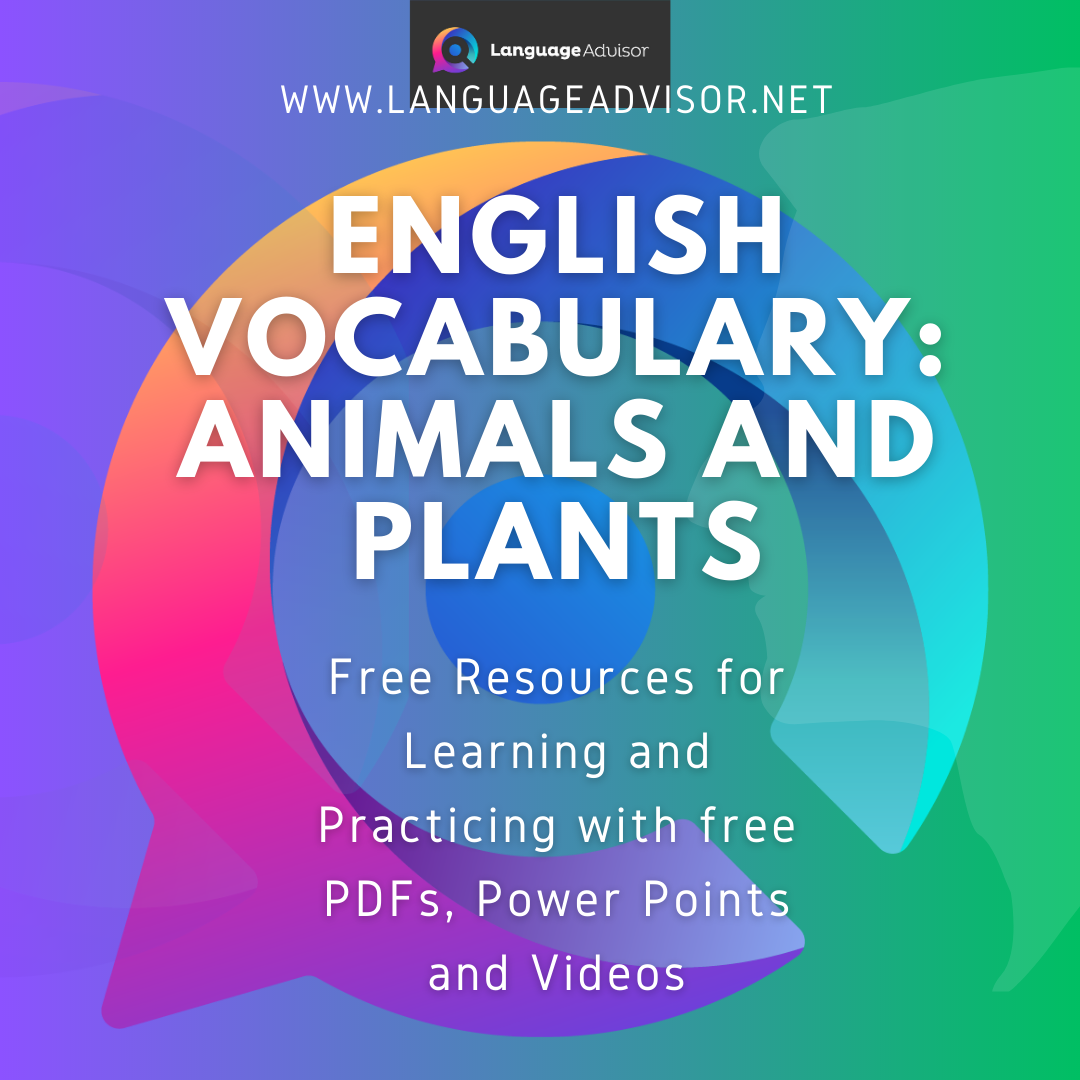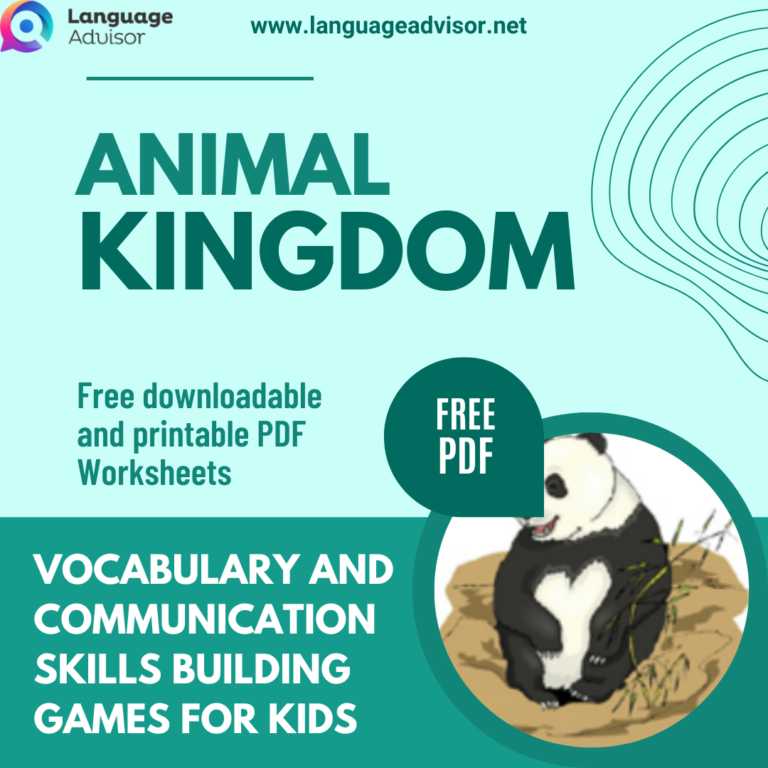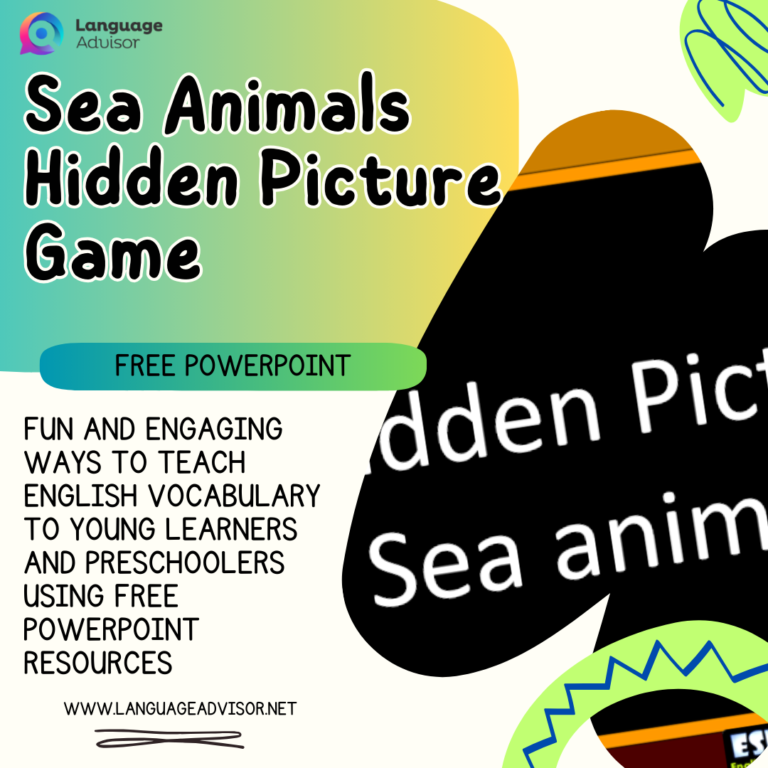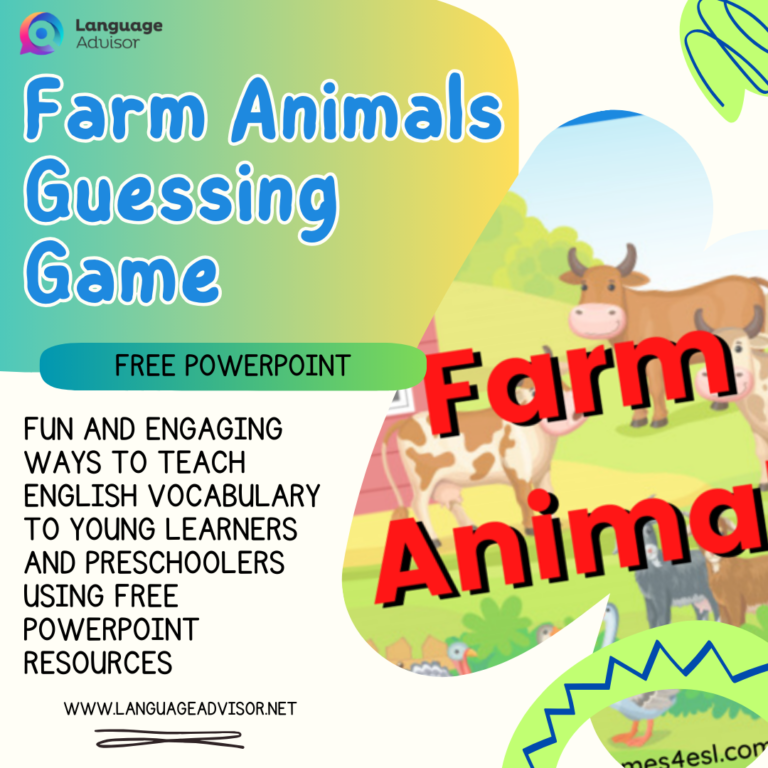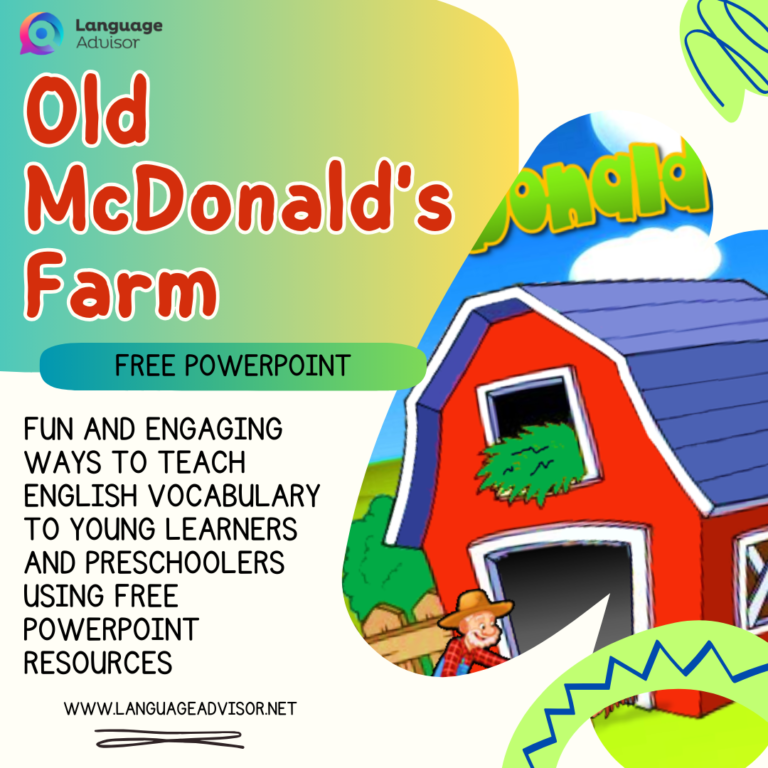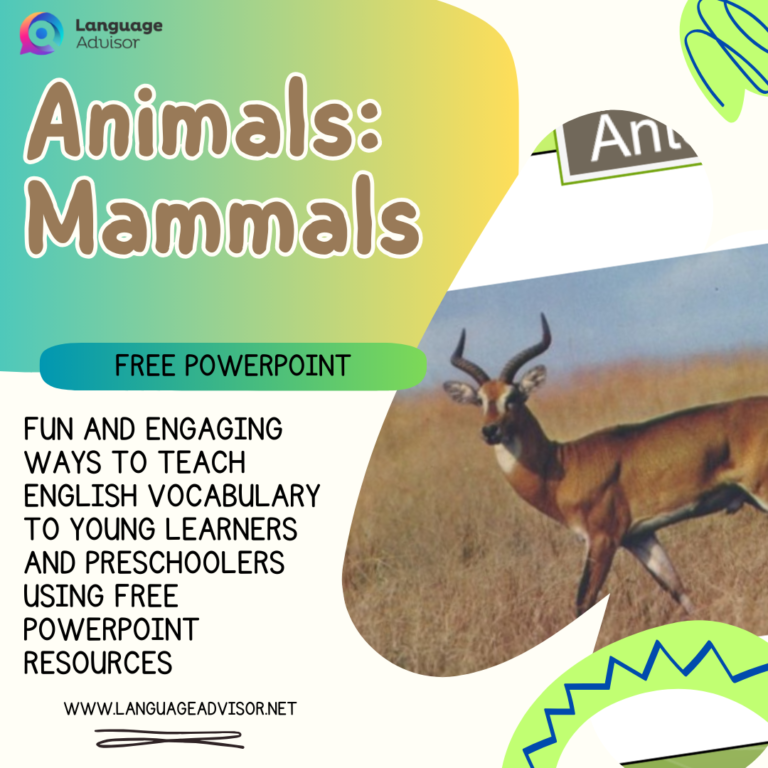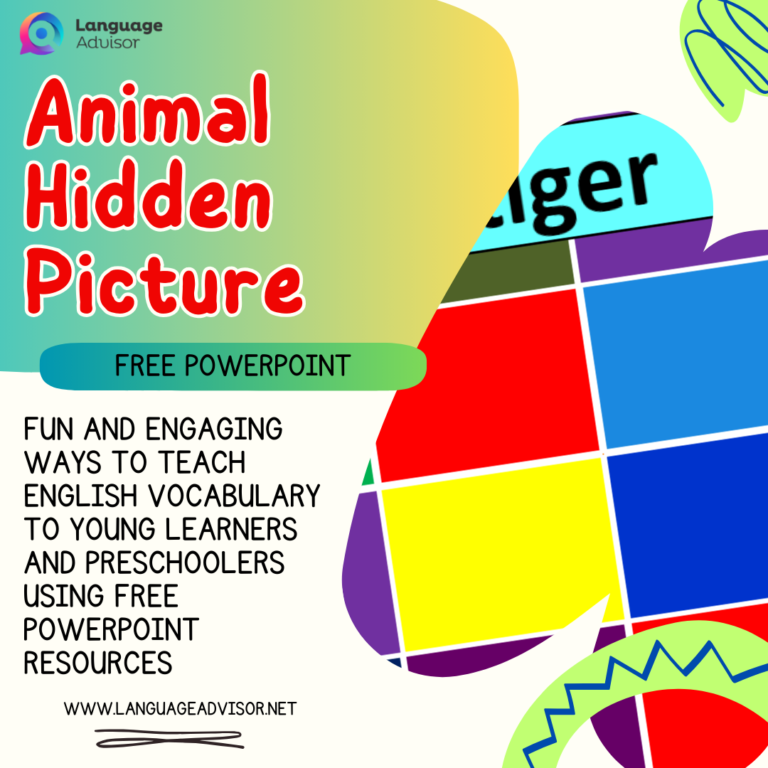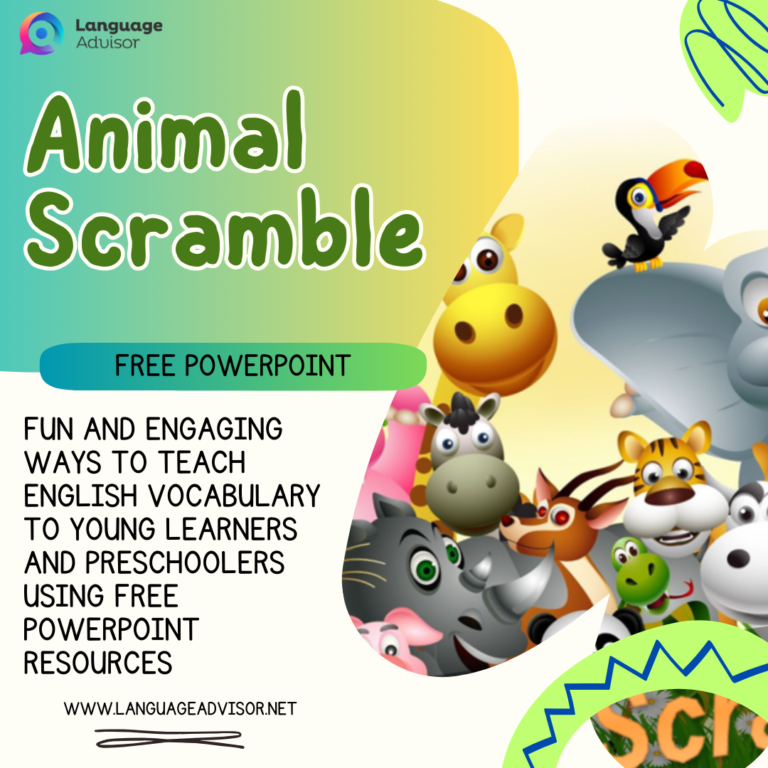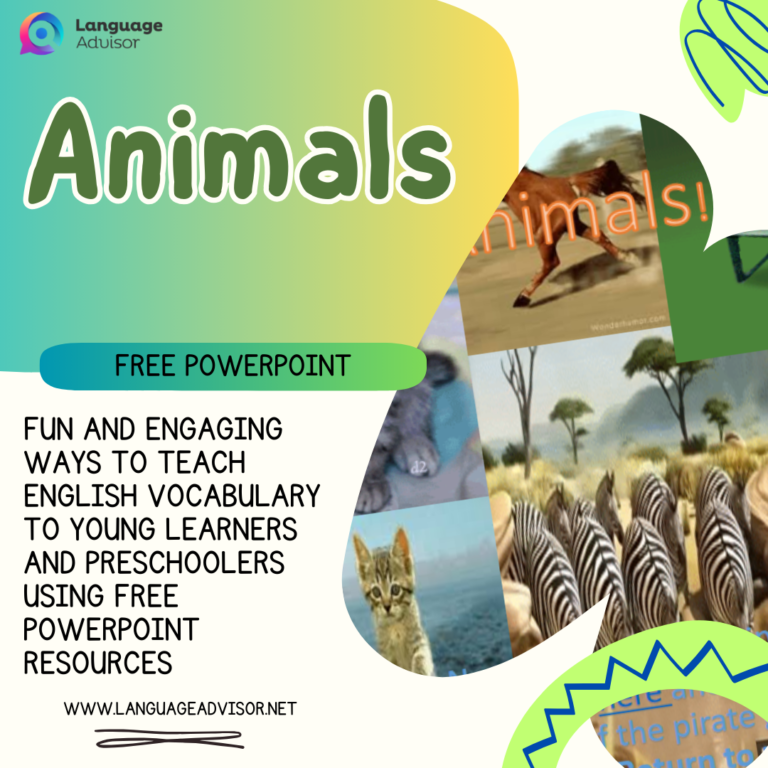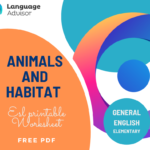English Vocabulary: Animals and Plants – Free Resources for Learning and Practicing with free PDFs, Power Points and Videos
English Vocabulary: Animals and plants

Learning a new language is an exciting journey that opens up doors to new cultures, experiences, and opportunities. When it comes to learning English, building a strong vocabulary is crucial for effective communication. One fascinating aspect of vocabulary acquisition is delving into the world of animals and plants. These words not only expand your linguistic abilities but also connect you with the natural world around us.
To help you embark on this enriching journey, we’ve compiled a collection of free resources including PDF worksheets, PowerPoint presentations, and videos, all designed to aid you in learning and practicing English vocabulary related to animals and plants.
Why Focus on Animals and Plants?
Animals and plants are an integral part of our lives, playing significant roles in our ecosystem and our daily experiences. By learning the names of various animals and plants, you not only enhance your language skills but also gain a deeper appreciation for the biodiversity that surrounds us.
Free PDF Worksheets
- Animal Flashcards: Start with animal flashcards that display images of various creatures alongside their English names. These visual aids make learning engaging and memorable.
- Plant Identification: Dive into the world of flora with worksheets that challenge you to identify different plants by name. Learn about trees, flowers, and shrubs while expanding your vocabulary.
- Animal Habitats: Explore animal habitats and ecosystems by completing worksheets that require matching animals to their respective habitats. This exercise enhances your understanding of both animals and their environments.





DOWNLOAD THE PDF FOR FREE
Animal Flashcards
Print off several copies of the sheet and cut them up so each student has roughly seven cards each.
| A students starts by placing a card and saying ‘The sheep is big’, then another students may place a bigger animal and say ‘The lion is bigger’. If they cannot, they must pick up all the cards and the next player starts with a new adjective. For advanced players, they may place the same card and say ‘This sheep is just as big’. Winner is the one to get rid of all of their cards. |





Interactive PowerPoint Presentations
- Zoo Adventure: Take a virtual trip to the zoo with an interactive PowerPoint presentation. Discover animals from around the world, their unique characteristics, and the habitats they call home.
- Plant Life Cycle: Explore the fascinating life cycles of plants through animated PowerPoint slides. Learn about germination, growth, pollination, and more, all while improving your English vocabulary.
- Animal Sounds: Delight in an auditory experience by learning the sounds animals make. This presentation includes audio clips, helping you connect the names of animals with their distinctive noises.





DOWNLOAD THE POWER POINT FOR FREE





Engaging Learning Videos
- Wildlife Explorers: Immerse yourself in the animal kingdom with captivating video content. Witness animals in their natural habitats, learn about their behaviors, and reinforce your vocabulary in an entertaining way.
- Botanical Wonders: Discover the wonders of the plant world through visually stunning videos. From the rainforests to the deserts, you’ll explore various ecosystems and the plant life that thrives within them.
- English Through Animal and Plant Vocabulary: Engage in purposeful language learning with videos that teach English through animal and plant vocabulary. Follow along with clear pronunciations and enrich your lexicon.










How to Make the Most of These Resources
- Consistency is Key: Set aside regular time to engage with these resources. Whether it’s a few minutes each day or a dedicated study session, consistent practice will yield the best results.
- Use Context: When learning new vocabulary, try to use it in sentences. This practice helps cement the words in your memory and prepares you for real-life conversations.
- Combine Resources: Use the worksheets to reinforce your initial understanding, the PowerPoint presentations to visualize concepts, and the videos to enhance both listening and speaking skills.
- Practice Speaking: Don’t just read and write – speak! Describe animals, plants, and their features out loud. This practice builds your confidence in using the vocabulary in conversations.





Embrace the Natural World with English Vocabulary
Learning about animals and plants goes beyond words; it’s a gateway to understanding the intricate balance of our environment. With these free resources, you can enhance your English vocabulary while connecting with the beauty and diversity of the natural world. So, embark on this journey of exploration, and let language lead you to a deeper appreciation of life around us. Happy learning!





Be sure to explore these additional materials focusing on English vocabulary about animals and plants





WE DO NOT SUPPORT COPYRIGHT DISPUTES – USE ONLY FOR TEACHING AND LEARNING PURPOSES

